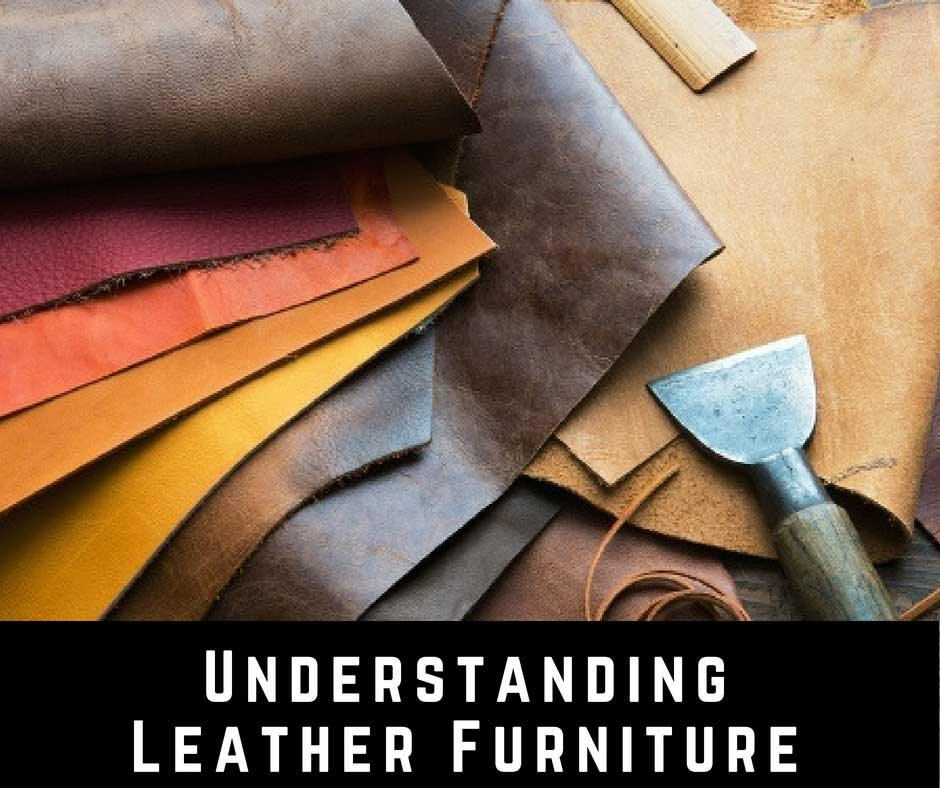
How to buy leather furniture
Share
There’s a richness and an air of elegance in leather furniture that you simply can’t get with any other fabric. But if you’re shopping for a new leather chair, leather bench, or leather couch, then you know as much as I do that making the right choice can be difficult.
You may be thinking that it’s simply a question of knowing whether the leather is natural or not. Although that’s an important first step, the manufacturing or tanning process can have a big effect on whether that leather will age well - or degrade over time.
Here’s what to look out for and questions to ask when you’re out there buying leather furniture

Natural leather
Not only does natural leather look regal, it’s also a very durable material. In fact, it’s 4 times stronger and more durable than regular fabric. If you’re looking at pricing and thinking it’s way out of your price range, remember that one leather couch will likely outlast 3 fabric couches - in some cases, it’s an even better deal than fabric.
Natural leather can be treated in a multitude of ways, so here’s a little bit more information about what those are and the implications for durability:
Leather graining:

This refers to the texture of the leather. Full-grain leather is the top outer layer (right under the hair) and also the highest quality and greatest durability. Because it’s as close to natural as it gets, it’s also moisture resistant. However, it does show natural imperfections in the animal’s hide (from scratches to insect bites). Top-grain leather is basically full-grain leather that’s been sanded and buffed to make the texture more consistent. It’s not as durable, but still a good quality leather if you can’t afford to go full or don’t like the look of minor imperfections. Finally, split-grain is leather from the inner side of the hide and the lowest quality. As a general rule, it’s not a good option for upholstered furniture so steer clear.
Aniline, semi-aniline and pigmented leather:
These terms refer to how the material is dyed. Aniline dyes don’t have any pigments or surface coatings, so they allow the hide’s natural texture and imperfections come through. What you end up with is usually treated hide with no surface coating. Semi-aniline dyes have pigments in them, making the color of the hide more uniform. It’s also finished with a light surface coating that makes it more durable. Finally, pigmented leather has its surface coated in pigments and polymers. It’s the most durable against scuffs, but it has the least natural look and feel.
Bonded leather:
Bonded leather is pretty much what you think: pieces of leather bonded together to make one, seamless piece. Although it’s not exactly considered “genuine”, it’s not a bad option for furniture in high traffic areas where constant friction can cause it to thin out and tear over time. It’s also less expensive, so you might see bigger furniture with genuine leather where it counts, and bonded leather on the sides and back.
How to care for leather furniture
The great thing about natural leather is that it’s durable, sure, but it’s also easy to care for. All you need is a damp cloth to wipe up dust. In areas like a dining room where there’s a greater chance for spills or stains, try to go for a heavier grain that’s been surface treated. That way, you’ll have a wider window to wipe up the spill before the leather absorbs it and it stains.
Man-made, “unnatural”, imitation and faux-leather
Faux-leather or imitation leather was created for people who loved the look of leather but not the price. It might be hard to tell them apart sometimes, making you think it’s worth saving a dime, there are a couple of subtle differences that you need to know before you choose to go down this road:
- It’s not as durable: over time, faux-leather tends to crack, bubble, and peel. If you choose to buy furniture that combines the real stuff with the imitation stuff, expect the imitation stuff to deteriorate faster than the real stuff.
- It doesn’t breath: Expect heat and moisture to accumulate where your body is in contact with faux-leather. Unlike real leather, it doesn’t breathe. This traps heat, causes you to sweat and creates that awful, slippery, feeling.
Well, it looks like you’re ready to go on a leather shopping adventure! Enjoy the sights and invigorating smells along the way and make sure you check out Rustic Furniture Outlet’s gorgeous leather dining chairs - you’ll fall off your seat when you see them!
